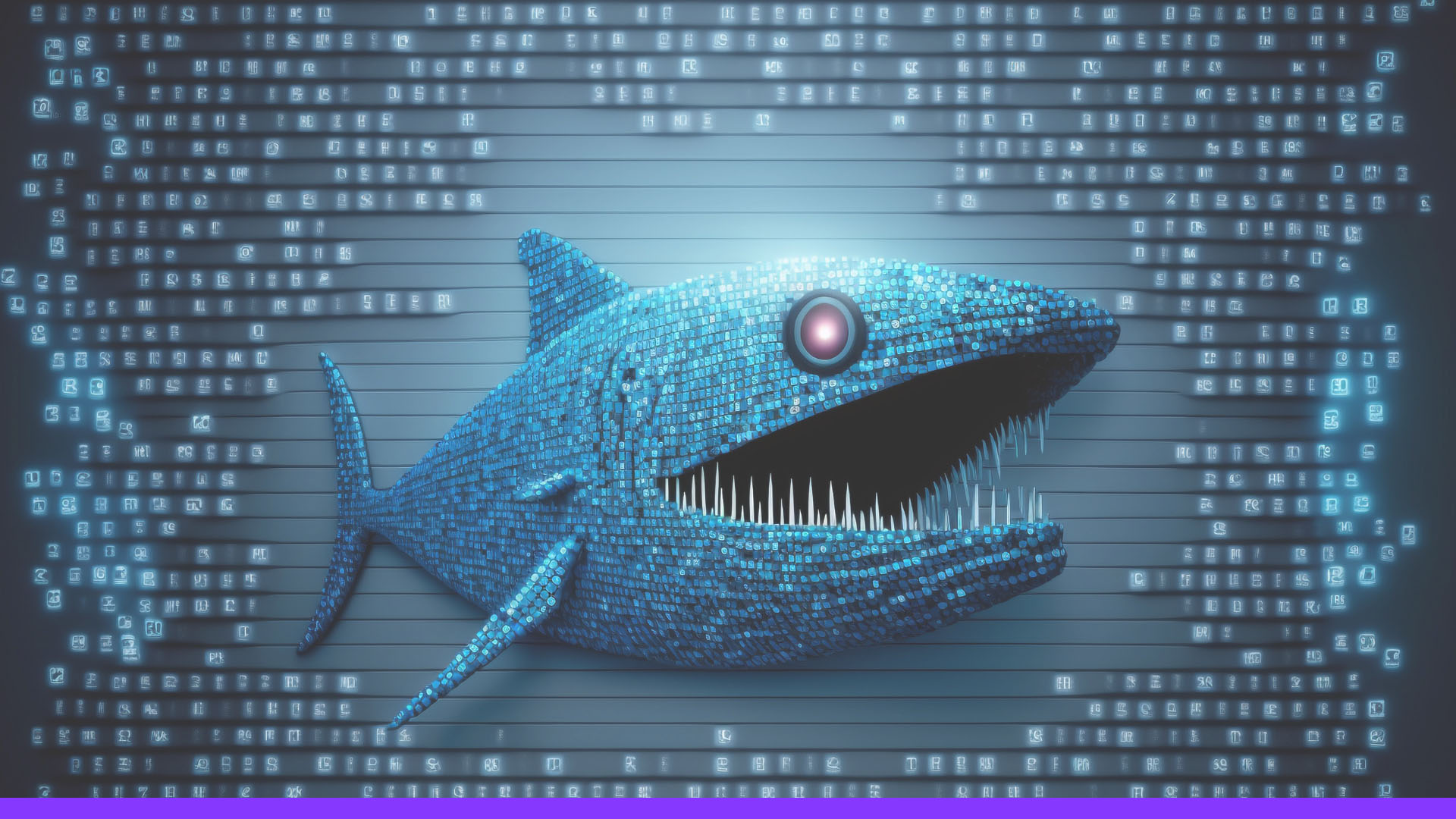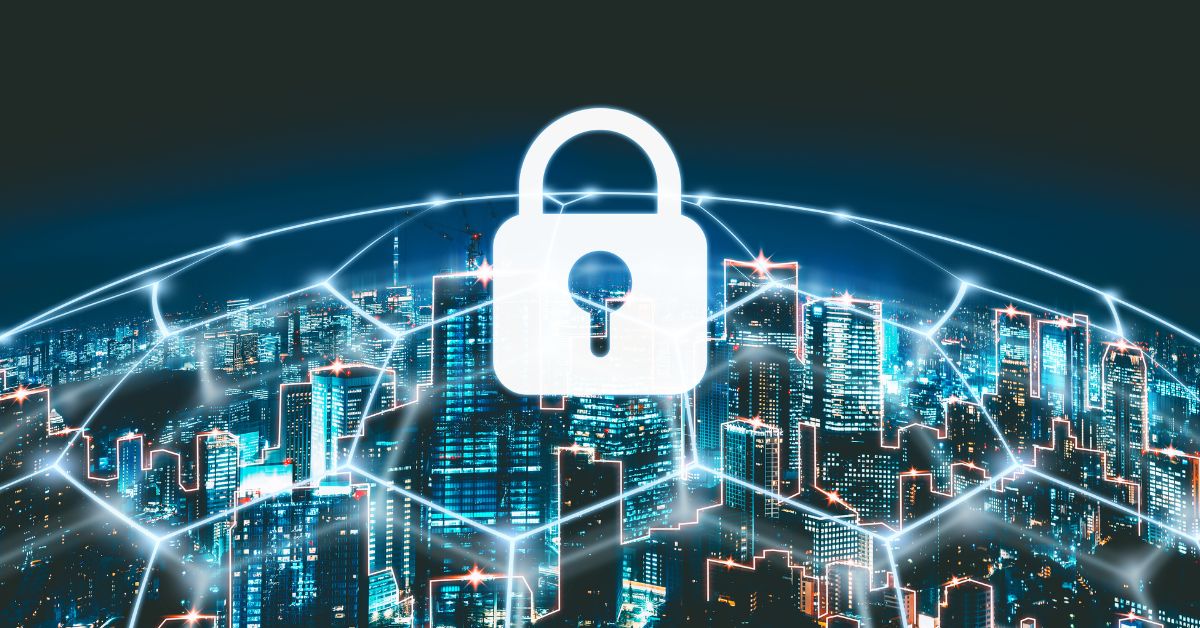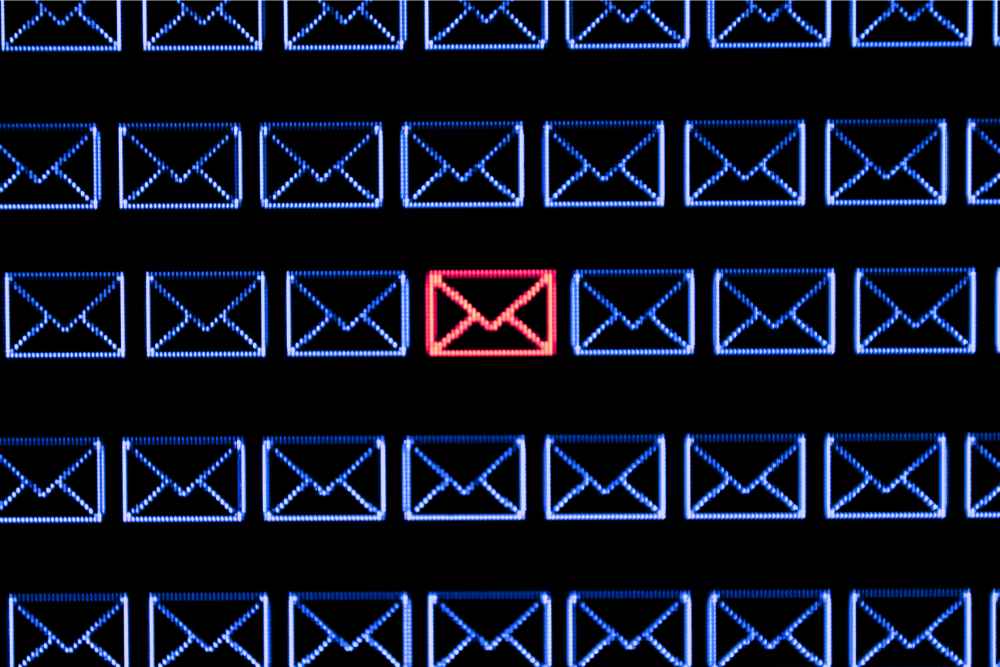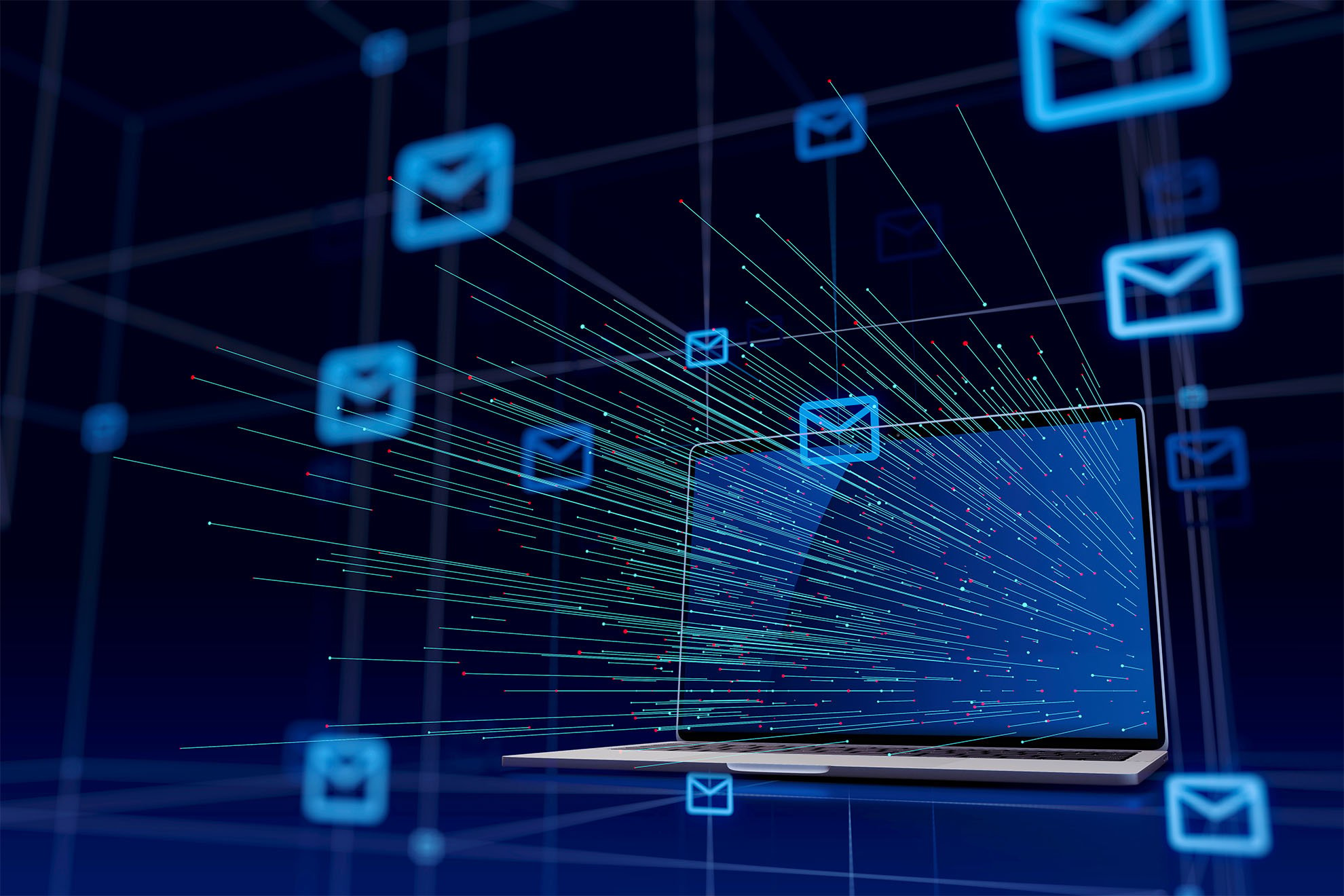
In today's digital landscape, phishing attacks remain a persistent and ever-evolving cybersecurity concern.
These malicious attempts to deceive individuals and companies into revealing sensitive information or performing harmful actions continue to evolve in sophistication.
Attackers recognize the potential of Generative AI. It empowers malicious actors to innovate continually, outpacing cybersecurity defenses by automating attacks, scanning potential vulnerabilities, and crafting tailored content that resonates with diverse regions and demographics. This versatility allows them to target a wider pool of potential victims across various countries.
Moreover, cybercriminals have embraced AI to create persuasive phishing emails, leveraging AI-generated text to produce highly personalized messages that increase their chances of deceiving targets.
While the number of zero-day threats continued to rise, it was the utilization of AI that fundamentally changed the game.
The conventional defense against phishing attacks has long been content inspection. These tools meticulously assess email content for potential threats, but while they offer substantial value, they harbor inherent limitations that may not provide comprehensive protection against AI-generated phishing attacks.
In this blog post, we will explore the functionality of content inspection tools and their limitations. Additionally, we will investigate methods to strengthen them with sender verification tools to prevent phishing effectively.
Content inspection tools belong to the category of software solutions meticulously crafted to shield organizations from advanced email threats.
Their modus operandi involves an in-depth analysis of email content, encompassing attachments, message text, and subject lines. These tools leverage techniques such as Data Loss Prevention (DLP) policies and contextual machine learning.
How does it work in practice? Security administrators can establish and customize inspection and filtering rules to align with the organization's security policies. When potential threats are detected, these tools take automated actions as specified in the rules, such as blocking or quarantining emails, removing malicious attachments, or flagging suspicious messages.
Furthermore, these tools allow security administrators to review and analyze their performance, identify potential security gaps, and respond to incidents effectively.
So, why should companies still avoid using only content inspection to prevent phishing attacks?
Generally, the main limitation is that content inspection tools utilize pattern recognition techniques to identify known threats, such as malware signatures, specific keywords, or indicators commonly associated with phishing, within the content they examine.
To keep up with the evolving threat landscape and AI-generated phishing mails, content inspection vendors started integrating AI into their tools. The goal was to make these tools smarter, more adaptable, and capable of identifying novel threats.
However, a significant problem emerged: Attackers were quick to adopt and leverage AI, often outpacing companies in innovation. As a result, content inspection, even when enhanced with AI, is still not sufficient to combat these AI-generated attacks effectively.
Furthermore, content inspection faces two more critical challenges when applied in isolation:
To effectively thwart these advanced AI-driven phishing attacks, a new approach is needed—one that goes beyond relying solely on AI content inspection. Verifying the sender's identity, a concept known as Zero Trust Architecture (ZTA), becomes crucial.
This innovative approach acknowledges that, in the era of AI, combating AI-based attacks requires more than just AI-based content inspection.
ZTA adheres to the "never trust, always verify" paradigm, which requires emails to have the following key security features:
Moreover, ZTA ensures that in the event of contact compromise, the contact's identity cannot be manipulated for data theft or the propagation of threats.
By adhering to these principles, it becomes feasible to address the limitations typically associated with content inspection tools. Nevertheless, it is crucial to strike a delicate balance between usability and security.
Thus, there is a need for a user-friendly solution that aligns with ZTA principles and seamlessly integrates with the organization's existing content inspection tools.
Especially AI-driven spear phishing attacks, highly personalized and targeting recipients with specific information, pose a significant challenge for content analysis alone. Recognizing this, sender identification becomes a critical complementary strategy. It adds an essential layer of security by verifying the sender's legitimacy.
planck Secure Email identifies the sender and categorizes contacts into distinct groups, allowing organizations to prevent phishing more effectively while ensuring trusted contacts can communicate without hindrance. Thus, this additional layer balances robust security and seamless usability.
planck Secure Email automatically distinguishes emails from various categories of contacts:
These trust indicators streamline the process of identifying emails from recognized and trusted sources, reducing the stress and constant vigilance typically associated with the threat of malicious AI-generated emails.
As phishing attacks become increasingly sophisticated, organizations must adopt equally sophisticated defenses. Relying solely on content inspection, even when powered by AI, is no longer adequate. planck Secure Email, when integrated with content inspection offers a holistic approach. It not only identifies potential threats but also empowers organizations to make informed decisions about email communications. With planck Secure Email, the fight against AI-generated phishing attacks takes a significant leap forward!

Cyber incidents, like theft of confidential intellectual property (think research data and patents), are...

Do you think you’d know the difference between your actual boss and an AI fake version on a video call? ...

In the rapidly evolving landscape of cybersecurity, marked by constant advancements and evolving threats...

In this fast-paced digital landscape, where information flows seamlessly, intellectual property (IP), in...